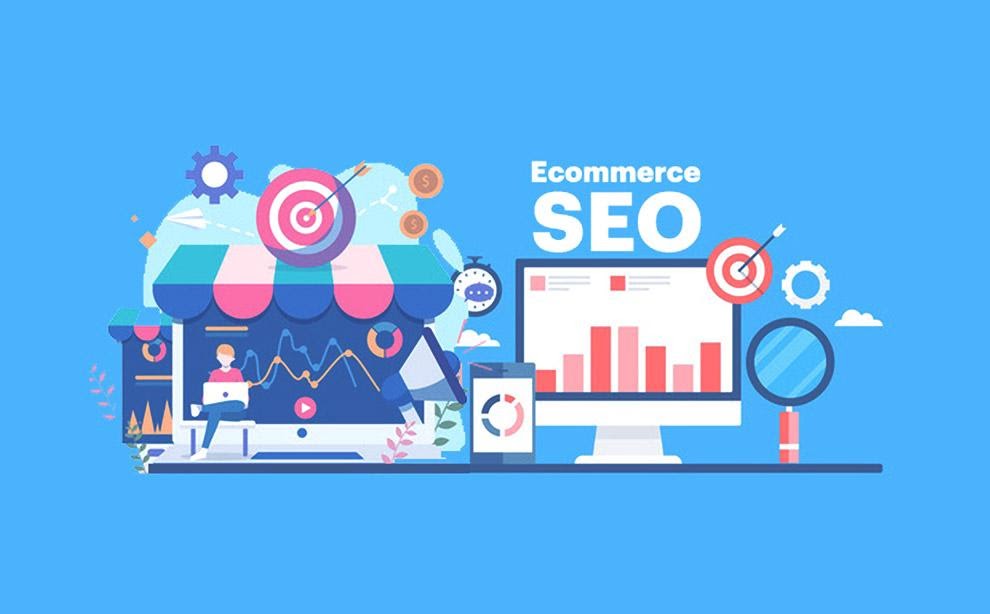There is no doubt that ranking higher on Google than your competition is essential, but if you don’t know how to achieve it, you’re likely missing out on sales as well. Whether you’re just getting started with a new website or looking to improve an existing one, the entire guide and tactical eCommerce SEO ideas are essential for increasing your Ecommerce SEO. You must be ranked number one.
According to research conducted by Optify in 2011, websites ranked first received an average click-through rate (CTR) of 36.4 percent, while websites ranked second received a CTR of 12.5 percent, and websites ranked third received a CTR of 9.5 percent. According to a survey by Marketing Land’s Gabe Donnini, the share of impressions generated by the first position is nearly double that of the second.
This exemplifies the importance of ranking first in search results. It means you’re missing out on brand impressions, clicks, and revenue if you don’t have a solid SEO plan. Gaining new consumers can be difficult if you are not found by search engines. When 44 percent of online customers use a search engine to conduct their search, you’ll want to take advantage of the SEO juggernaut.
ECOMMERCE SEARCH ENGINE OPTIMIZATION (SEO) EVOLUTION
There are various case studies of firms and agencies that witnessed a 116 percent rise in organic traffic and an 1800 percent increase in site traffic as a result of SEO efforts. Online businesses all over the world are moving away from traditional marketing trends and taking control of their SEO methods, such as technical SEO, meta optimization, and off-site support.
RESEARCH ON KEYWORDS
Before you start working on SEO, you should do some research, including keyword research and competitor research. The most critical aspect of SEO is keyword research. Targeting the wrong phrases might wreck your campaign by creating low-quality traffic, so it’s crucial to do your homework. More than 800,000 Google searches are made every 60 seconds, which is a big quantity.
BENEFITS OF LSI AND LONG TAIL
The typical person consumes 100,500 digital words every day, making it even more difficult to predict how a buyer would find you on a search engine. To reach your target audience, you must first create keyword lists, which are essential for obtaining new clients or developing your website. According to Glenn Gabe’s comment, head terms accounted for 7% of all keywords.
3 . SEGREGATION OF KEYWORDS
When doing keyword research, three main topics must be considered. When optimising your website’s most crucial pages, you should first evaluate relevance, search volume, and ranking difficulties. I recommend using Google’s free AdWords Keyword tool to find keywords that are highly relevant to your business or products and have a high exact match search volume. It will take a long time to attain high ranks if you chose keywords that are overly competitive. Creating blog content for your e-commerce business that doesn’t fit on your main website will help you rank it. In addition, you can use your blog to capitalise on long-tail keywords. Use long-tail keywords with a low difficulty score and a high exact match search volume. Concentrate on development.
4 . AVOID CANNIBALIZATION AT ALL COSTS
Avoid keyword cannibalism, which occurs when numerous pages from the same website compete for the same term. Install the free Moz toolbar to quickly determine the Page Authority (PA) and Domain Authority (DA) of your competition.
5. TECH SEO
Now that you’ve addressed the site architecture, it’s time to concentrate on website speed. Visitors will not wait for a slow website; instead, they will return to Google to search for a quicker website. Don’t lose consumers because your website is slow; according to studies, 40% of users will abandon a site that takes more than 3 seconds to load. Make clever use of your keywords
6 . STRUCTURE OF THE ANCHOR AND THE URL
When designing URLs, avoid using a lot of numbers and gibberish and instead use real words or your keyword. Internal linking is the next phase, which allows you to construct your anchor text and assist you rank for your top keywords. For SEO purposes, usability is critical. Focus on exceptional usability to make your site users pleased, as this will entice them to return.



